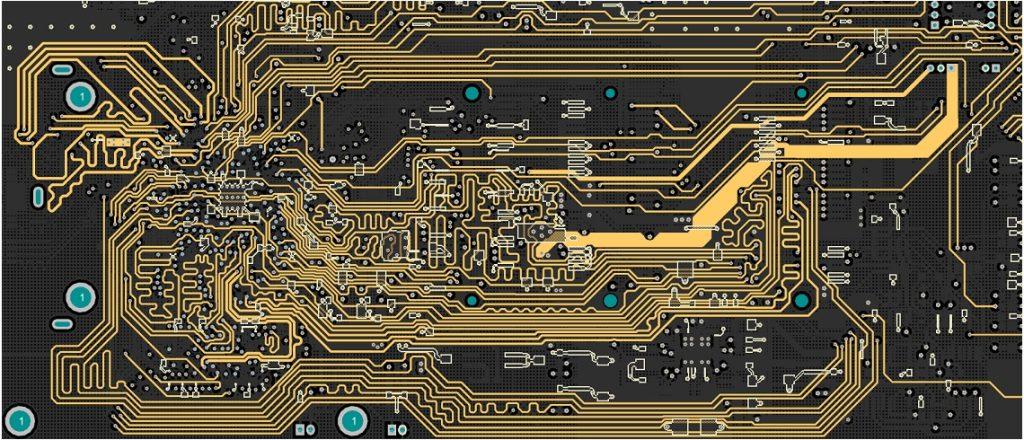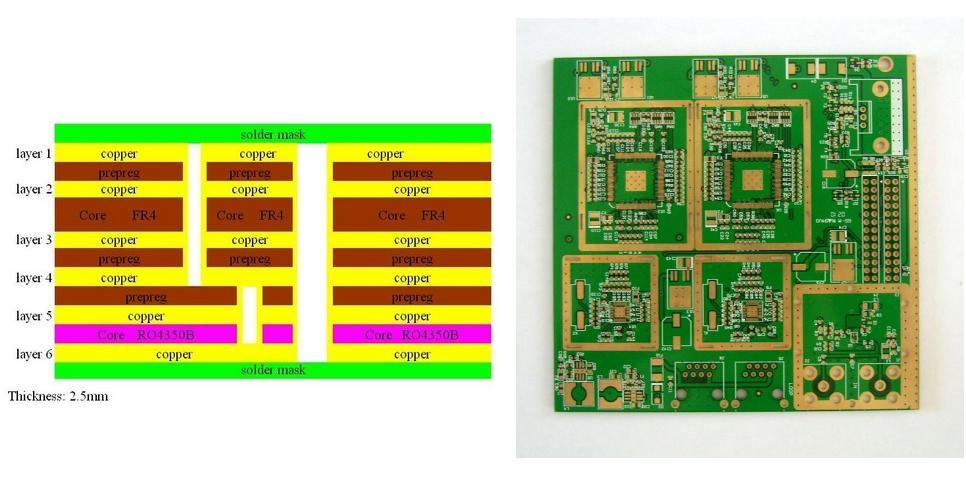- 1. Withstand voltage test
- 2、Leakage current test
- 3、Salt spray test
- 4.Impedance test
- 5.Vibration test
- 6、High temperature and high humidity test
- 7、Solder strength thrust test
- Write at the end
As a carrier of various components and circuit signal transmission hubs, PCB has become the most critical part of electronic information products. Its quality and reliability level determine the quality and reliability of the entire device.
PCB Assembly circuit board performance testing is necessary to ensure the stability of product performance after PCB assembly and processing. According to the actual use of the production environment and use, generally divided into voltage resistance test, insulation test, salt spray test, impedance test, vibration test, high-temperature high-temperature wet test, welding strength thrust test, etc… We have a detailed introduction to these seven PCB Assembly circuit board performance tests.

1. Withstand voltage test
The purpose of the voltage test is to test the circuit board’s ability to withstand voltage; you need to use the equipment as a “voltage tester.”
Test method: the PCB Assembly board to be tested is connected to the tester, to not higher than 100V / S speed to increase the voltage to 500V DS (DC), and hold for more than 30 seconds; if the circuit does not fail, that the test passed.
2、Leakage current test
The purpose of the leakage current test is to check whether the leakage current of the board is within the required range. The required equipment is a “leakage current tester.”
Test method: simulate the normal working condition of the PCB Assembly circuit board and the leakage current between the product-accessible part and the power supply poles under the normal temperature of the circuit board. The test is passed if the current is less than the design standard.
3、Salt spray test
The purpose of the salt spray test is to check the corrosion resistance of the circuit board. The equipment needed is the “salt spray tester.”
Test method: First, we need to configure the salt solution. The configuration method is: made of chemically pure sodium chloride, and resistivity of not less than 5000 ohms * cm of distilled water or deionized water, with 5% sodium chloride and 95% water, mixed thoroughly, made of sodium chloride salt solution prepared 5 ± 1% of the content. After the salt solution is prepared, spraying in the test site for 48 hours continuously, the temperature of 35 ℃, the average amount of spraying per hour should reach 80CM square / 10CM. After 48 hours, the product functions normally, and the structure’s appearance is normal. It means the test is passed.
4.Impedance test
The purpose of the impedance test is to check whether the circuit board can work properly. The required equipment is an “ohmmeter.”
Test method: the board’s transmission line is connected to the battery, if we measure the impedance in a shorter period than the transmission line reflection, we get “surge” impedance or characteristic impedance, but if you wait long enough until the energy is reflected to receive, you can find the impedance has changed. The impedance value bounces up and down and then reaches a stable limit value. The test is passed if the limit value is within the specified range.
5.Vibration test
The vibration test aims to test whether the board can pass different levels of random vibration tests. The required equipment is a “vibration meter.”
Test method: the circuit board or packaged circuit board is fixed on the test bench, set the frequency of 20Hz, axial: X, Y, Z three axes, the duration of each direction for one hour, a total of three hours, the end of the test After the test, the board function normally, the appearance of the structure is normal, no component welding loose, cracking and other abnormalities, that is, the test passed.
6、High temperature and high humidity test
The purpose of the high temperature and humidity test is to check the suitability of the circuit board in high temperature and humidity under severe conditions.
Test method: When the PCB Assembly circuit board is in twice the rated voltage and rated load working condition, to work posture into the text box, simulate the actual working temperature and humidity. If the working temperature and humidity are unclear, you can set the temperature to 70±2℃ and humidity between 90-95%. It can work continuously for 8 hours. If the PCB Assembly board’s basic function is normal and the structure’s appearance is normal, the test is passed.
7、Solder strength thrust test
The welding strength thrust test aims to check whether the welding strength of the parts meets the requirements. The need to use equipment is the “thrust meter.”
Test method: the welded PCB Assembly board on the thrust meter. Different specifications of the components have different requirements for passing. Generally, we will eliminate other components from the edge of the target component and then reset the instrument to zero, with the temperature ≤ 30 degrees. The thrust test is performed at the corners to check whether the components are desoldered and record the value of component desoldering.
The thrust standard of common components is: 0402 standard component thrust standard is: 0.65Kgf, 0603 standard component thrust standard is: 1.20Kgf, 0805 standard component thrust standard is: 2.30Kgf, 1206 standard component thrust standard is: thrust standard is: 3.00Kgf.
The above are 7 common PCB Assembly board performance test methods. You can choose a different test method according to the actual situation of your product.

Write at the end
We are an industry-leading company that does best in the manufacturing and assembly of printed circuit boards (PCBs). Thanks to the modern technology used in production, we can fulfill orders in a short time.
Our company assembles and installs printed circuit boards as ordered. Continuous quality control is carried out during development and manufacturing.
We strictly follow the Gerber file and Bom list for your project, and we are happy to recommend alternatives to passive components to reduce your costs. Still, all replacement components require your approval and a final decision to use them.



